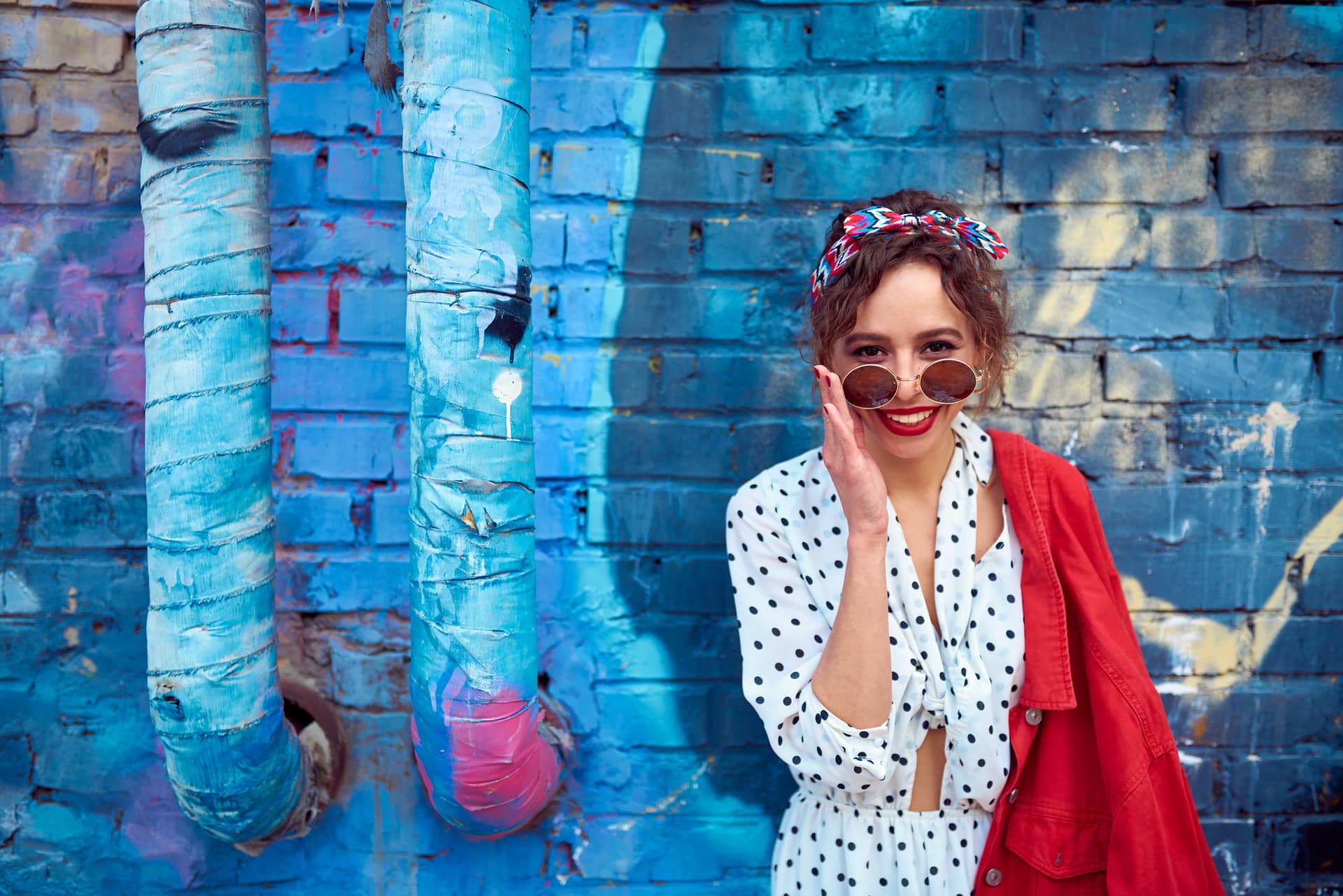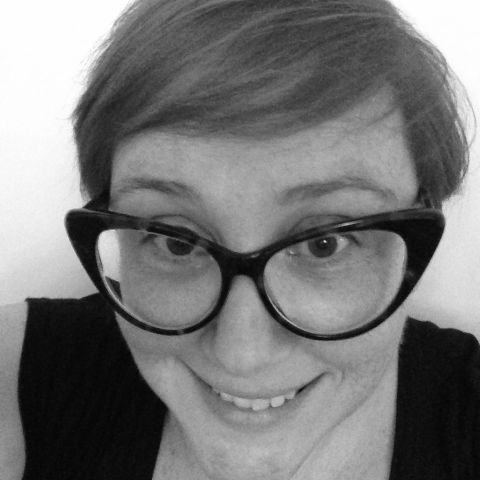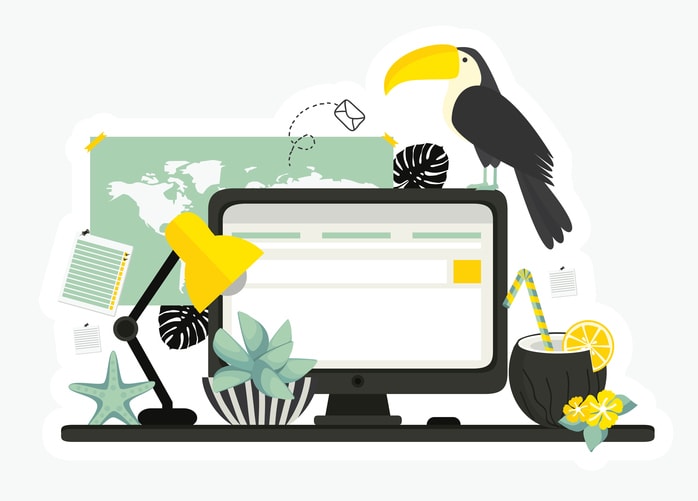

7 passi per progettare la felicità con il Life Design di Standford

[et_pb_section bb_built=”1″ locked=”off” inner_width=”auto” inner_max_width=”none”][et_pb_row parent_locked=”off” background_position=”top_left” background_repeat=”repeat” background_size=”initial” width=”80%” max_width=”1080px”][et_pb_column type=”4_4″][et_pb_text _builder_version=”3.23.1″ text_text_shadow_horizontal_length=”text_text_shadow_style,%91object Object%93″ text_text_shadow_horizontal_length_tablet=”0px” text_text_shadow_vertical_length=”text_text_shadow_style,%91object Object%93″ text_text_shadow_vertical_length_tablet=”0px” text_text_shadow_blur_strength=”text_text_shadow_style,%91object Object%93″ text_text_shadow_blur_strength_tablet=”1px” link_text_shadow_horizontal_length=”link_text_shadow_style,%91object Object%93″ link_text_shadow_horizontal_length_tablet=”0px” link_text_shadow_vertical_length=”link_text_shadow_style,%91object Object%93″ link_text_shadow_vertical_length_tablet=”0px” link_text_shadow_blur_strength=”link_text_shadow_style,%91object Object%93″ link_text_shadow_blur_strength_tablet=”1px” ul_text_shadow_horizontal_length=”ul_text_shadow_style,%91object Object%93″ ul_text_shadow_horizontal_length_tablet=”0px” ul_text_shadow_vertical_length=”ul_text_shadow_style,%91object Object%93″ ul_text_shadow_vertical_length_tablet=”0px” ul_text_shadow_blur_strength=”ul_text_shadow_style,%91object Object%93″ ul_text_shadow_blur_strength_tablet=”1px” ol_text_shadow_horizontal_length=”ol_text_shadow_style,%91object Object%93″ ol_text_shadow_horizontal_length_tablet=”0px” ol_text_shadow_vertical_length=”ol_text_shadow_style,%91object Object%93″ ol_text_shadow_vertical_length_tablet=”0px” ol_text_shadow_blur_strength=”ol_text_shadow_style,%91object Object%93″ ol_text_shadow_blur_strength_tablet=”1px” quote_text_shadow_horizontal_length=”quote_text_shadow_style,%91object Object%93″ quote_text_shadow_horizontal_length_tablet=”0px” quote_text_shadow_vertical_length=”quote_text_shadow_style,%91object Object%93″ quote_text_shadow_vertical_length_tablet=”0px” quote_text_shadow_blur_strength=”quote_text_shadow_style,%91object Object%93″ quote_text_shadow_blur_strength_tablet=”1px” header_text_shadow_horizontal_length=”header_text_shadow_style,%91object Object%93″ header_text_shadow_horizontal_length_tablet=”0px” header_text_shadow_vertical_length=”header_text_shadow_style,%91object Object%93″ header_text_shadow_vertical_length_tablet=”0px” header_text_shadow_blur_strength=”header_text_shadow_style,%91object Object%93″ header_text_shadow_blur_strength_tablet=”1px” header_2_text_shadow_horizontal_length=”header_2_text_shadow_style,%91object Object%93″ header_2_text_shadow_horizontal_length_tablet=”0px” header_2_text_shadow_vertical_length=”header_2_text_shadow_style,%91object Object%93″ header_2_text_shadow_vertical_length_tablet=”0px” header_2_text_shadow_blur_strength=”header_2_text_shadow_style,%91object Object%93″ header_2_text_shadow_blur_strength_tablet=”1px” header_3_text_shadow_horizontal_length=”header_3_text_shadow_style,%91object Object%93″ header_3_text_shadow_horizontal_length_tablet=”0px” header_3_text_shadow_vertical_length=”header_3_text_shadow_style,%91object Object%93″ header_3_text_shadow_vertical_length_tablet=”0px” header_3_text_shadow_blur_strength=”header_3_text_shadow_style,%91object Object%93″ header_3_text_shadow_blur_strength_tablet=”1px” header_4_text_shadow_horizontal_length=”header_4_text_shadow_style,%91object Object%93″ header_4_text_shadow_horizontal_length_tablet=”0px” header_4_text_shadow_vertical_length=”header_4_text_shadow_style,%91object Object%93″ header_4_text_shadow_vertical_length_tablet=”0px” header_4_text_shadow_blur_strength=”header_4_text_shadow_style,%91object Object%93″ header_4_text_shadow_blur_strength_tablet=”1px” header_5_text_shadow_horizontal_length=”header_5_text_shadow_style,%91object Object%93″ header_5_text_shadow_horizontal_length_tablet=”0px” header_5_text_shadow_vertical_length=”header_5_text_shadow_style,%91object Object%93″ header_5_text_shadow_vertical_length_tablet=”0px” header_5_text_shadow_blur_strength=”header_5_text_shadow_style,%91object Object%93″ header_5_text_shadow_blur_strength_tablet=”1px” header_6_text_shadow_horizontal_length=”header_6_text_shadow_style,%91object Object%93″ header_6_text_shadow_horizontal_length_tablet=”0px” header_6_text_shadow_vertical_length=”header_6_text_shadow_style,%91object Object%93″ header_6_text_shadow_vertical_length_tablet=”0px” header_6_text_shadow_blur_strength=”header_6_text_shadow_style,%91object Object%93″ header_6_text_shadow_blur_strength_tablet=”1px” box_shadow_horizontal_tablet=”0px” box_shadow_vertical_tablet=”0px” box_shadow_blur_tablet=”40px” box_shadow_spread_tablet=”0px” z_index_tablet=”500″ parent_locked=”off”]
Ognuno ha il diritto/dovere di essere felice nella vita. E se questa felicità si potesse progettare, esattamente come fanno i designer quando disegnano una sedia o mettono in piedi un nuovo progetto?
I consigli del Life Design Lab dell’Università di Standford
Secondo Bill Burnett e Dave Evans, entrambi docenti di Stanford e cofondatori del Life Design Lab, ci sono molti “disegni” per la vita di ciascuno di noi, tutti validi per raggiungere il nostro pieno potenziale e vivere felici. E imparare a pensare come un designer – cioè applicare il Design Thinking – alla nostra esistenza può aiutarci a diventare chi vogliamo essere. Nel loro libro “Design your life”, recentemente tradotto in italiano, spiegano che “i designer non pensano al percorso che li attende, lo costruiscono”.
Progetta la tua vita come un designer
Applicando questo principio alla nostra esistenza possiamo diventarne protagonisti e raggiungere tutti i nostri obiettivi. Per iniziare a pensare come un designer dobbiamo acquisire 5 atteggiamenti.
- Curiosità – che ci invita a esplorare e rende tutto un gioco; grazie ad essa vediamo opportunità ovunque;
- Predisposizione all’azione – che ci spinge a costruire la strada da seguire; i designer sono concentrati sui passaggi del percorso, non sul risultato finale;
- Riformulazione – che permette alle persone di sbloccarsi, di fare un passo indietro quando è necessario per aprire nuovi spazi di soluzione;
- Consapevolezza – che consiste nel lasciar andare la prima idea che ci è venuta in mente perché potrebbe essere buona ma non eccellente (nel Design Thinking questo si chiama “kill your darlings”); essere consapevoli ci permette in sostanza di godere il viaggio, stando a vedere che cosa succede passo dopo passo, senza preconcetti su quello che deve essere il traguardo finale;
- Collaborazione radicale – che ha a che fare con la consapevolezza che non siamo soli, e che per costruire la vita che vogliamo possiamo chiedere aiuto.
La passione va sperimentata
Molto spesso associamo la nostra felicità alla capacità di perseguire le nostre passioni. Ma in realtà secondo il Life Design la passione è il risultato non la causa di una vita che vale la pena di essere vissuta. Sviluppare una passione richiede tempo, sperimentazione, tentativi. Solo così possiamo capire cosa ci piace e che cosa invece no. Fatte queste premesse, qual è il percorso da intraprendere per “trasformare la propria vita in un progetto meraviglioso” (come suggerisce il sottotitolo del libro di Burnett ed Evans edito da Rizzoli)?
Identificare il problema
Prima di tutto dobbiamo capire dove ci troviamo e quali problemi stiamo tentando di risolvere. Il problema è una componente fondamentale del progetto, e per questo bisogna fare attenzione a identificarlo correttamente. Molto spesso, infatti, impieghiamo tutte le nostre risorse e le nostre energie per combattere problemi che non sono tali. Pensa a qualcosa che vorresti cambiare nella tua vita. Se tu non hai potere di risolverlo, di agire sopra, quello non è un problema. È una situazione, un fatto della vita, una circostanza che non dipende da te e su cui non hai nessun potere. Evitare di combattere la realtà e concentrarsi su quelli che sono effettivamente problemi, è il primo passo da fare. Ecco perché è importante capire a che punto ci troviamo.
[/et_pb_text][slider_article _builder_version=”3.23.1″ type=”post_category_957″ text_shadow_horizontal_length=”text_shadow_style,%91object Object%93″ text_shadow_horizontal_length_tablet=”0px” text_shadow_vertical_length=”text_shadow_style,%91object Object%93″ text_shadow_vertical_length_tablet=”0px” text_shadow_blur_strength=”text_shadow_style,%91object Object%93″ text_shadow_blur_strength_tablet=”1px” module_text_shadow_horizontal_length=”module_text_shadow_style,%91object Object%93″ module_text_shadow_horizontal_length_tablet=”0px” module_text_shadow_vertical_length=”module_text_shadow_style,%91object Object%93″ module_text_shadow_vertical_length_tablet=”0px” module_text_shadow_blur_strength=”module_text_shadow_style,%91object Object%93″ module_text_shadow_blur_strength_tablet=”1px” box_shadow_horizontal_tablet=”0px” box_shadow_vertical_tablet=”0px” box_shadow_blur_tablet=”40px” box_shadow_spread_tablet=”0px” z_index_tablet=”500″ parent_locked=”off” /][et_pb_text _builder_version=”3.23.1″ text_text_shadow_horizontal_length=”text_text_shadow_style,%91object Object%93″ text_text_shadow_horizontal_length_tablet=”0px” text_text_shadow_vertical_length=”text_text_shadow_style,%91object Object%93″ text_text_shadow_vertical_length_tablet=”0px” text_text_shadow_blur_strength=”text_text_shadow_style,%91object Object%93″ text_text_shadow_blur_strength_tablet=”1px” link_text_shadow_horizontal_length=”link_text_shadow_style,%91object Object%93″ link_text_shadow_horizontal_length_tablet=”0px” link_text_shadow_vertical_length=”link_text_shadow_style,%91object Object%93″ link_text_shadow_vertical_length_tablet=”0px” link_text_shadow_blur_strength=”link_text_shadow_style,%91object Object%93″ link_text_shadow_blur_strength_tablet=”1px” ul_text_shadow_horizontal_length=”ul_text_shadow_style,%91object Object%93″ ul_text_shadow_horizontal_length_tablet=”0px” ul_text_shadow_vertical_length=”ul_text_shadow_style,%91object Object%93″ ul_text_shadow_vertical_length_tablet=”0px” ul_text_shadow_blur_strength=”ul_text_shadow_style,%91object Object%93″ ul_text_shadow_blur_strength_tablet=”1px” ol_text_shadow_horizontal_length=”ol_text_shadow_style,%91object Object%93″ ol_text_shadow_horizontal_length_tablet=”0px” ol_text_shadow_vertical_length=”ol_text_shadow_style,%91object Object%93″ ol_text_shadow_vertical_length_tablet=”0px” ol_text_shadow_blur_strength=”ol_text_shadow_style,%91object Object%93″ ol_text_shadow_blur_strength_tablet=”1px” quote_text_shadow_horizontal_length=”quote_text_shadow_style,%91object Object%93″ quote_text_shadow_horizontal_length_tablet=”0px” quote_text_shadow_vertical_length=”quote_text_shadow_style,%91object Object%93″ quote_text_shadow_vertical_length_tablet=”0px” quote_text_shadow_blur_strength=”quote_text_shadow_style,%91object Object%93″ quote_text_shadow_blur_strength_tablet=”1px” header_text_shadow_horizontal_length=”header_text_shadow_style,%91object Object%93″ header_text_shadow_horizontal_length_tablet=”0px” header_text_shadow_vertical_length=”header_text_shadow_style,%91object Object%93″ header_text_shadow_vertical_length_tablet=”0px” header_text_shadow_blur_strength=”header_text_shadow_style,%91object Object%93″ header_text_shadow_blur_strength_tablet=”1px” header_2_text_shadow_horizontal_length=”header_2_text_shadow_style,%91object Object%93″ header_2_text_shadow_horizontal_length_tablet=”0px” header_2_text_shadow_vertical_length=”header_2_text_shadow_style,%91object Object%93″ header_2_text_shadow_vertical_length_tablet=”0px” header_2_text_shadow_blur_strength=”header_2_text_shadow_style,%91object Object%93″ header_2_text_shadow_blur_strength_tablet=”1px” header_3_text_shadow_horizontal_length=”header_3_text_shadow_style,%91object Object%93″ header_3_text_shadow_horizontal_length_tablet=”0px” header_3_text_shadow_vertical_length=”header_3_text_shadow_style,%91object Object%93″ header_3_text_shadow_vertical_length_tablet=”0px” header_3_text_shadow_blur_strength=”header_3_text_shadow_style,%91object Object%93″ header_3_text_shadow_blur_strength_tablet=”1px” header_4_text_shadow_horizontal_length=”header_4_text_shadow_style,%91object Object%93″ header_4_text_shadow_horizontal_length_tablet=”0px” header_4_text_shadow_vertical_length=”header_4_text_shadow_style,%91object Object%93″ header_4_text_shadow_vertical_length_tablet=”0px” header_4_text_shadow_blur_strength=”header_4_text_shadow_style,%91object Object%93″ header_4_text_shadow_blur_strength_tablet=”1px” header_5_text_shadow_horizontal_length=”header_5_text_shadow_style,%91object Object%93″ header_5_text_shadow_horizontal_length_tablet=”0px” header_5_text_shadow_vertical_length=”header_5_text_shadow_style,%91object Object%93″ header_5_text_shadow_vertical_length_tablet=”0px” header_5_text_shadow_blur_strength=”header_5_text_shadow_style,%91object Object%93″ header_5_text_shadow_blur_strength_tablet=”1px” header_6_text_shadow_horizontal_length=”header_6_text_shadow_style,%91object Object%93″ header_6_text_shadow_horizontal_length_tablet=”0px” header_6_text_shadow_vertical_length=”header_6_text_shadow_style,%91object Object%93″ header_6_text_shadow_vertical_length_tablet=”0px” header_6_text_shadow_blur_strength=”header_6_text_shadow_style,%91object Object%93″ header_6_text_shadow_blur_strength_tablet=”1px” box_shadow_horizontal_tablet=”0px” box_shadow_vertical_tablet=”0px” box_shadow_blur_tablet=”40px” box_shadow_spread_tablet=”0px” z_index_tablet=”500″ parent_locked=”off”]
I 7 step per costruire una nuova vita
Questo è il primo passaggio del Life Design: Verificare. Si parte da qui per capire a che punto ci troviamo in 4 ambiti: lavoro, gioco, amore e salute. Una volta effettuata questa analisi si procede per step e si completa il processo. In 7 passi:
- Equilibrare – andiamo a creare un equilibrio tra la vita e il lavoro, che non sono più due entità distinte, ma si fondano sui medesimi valori;
- Scoprire – un buon Life Designer va alla scoperta di che cosa lo rende felice; quando ci sentiamo nel “flusso” e cioè nessun pensiero invade la nostra mente e ci sentiamo completamente coinvolti in quello che stiamo facendo?
- Creare – iniziamo a progettare la vita che vogliamo (creandone almeno 3 versioni);
- Pianificare – prendiamo le 3 realtà che abbiamo immaginato, ne scegliamo una e pianifichiamo quello che possiamo fare per raggiungere l’obiettivo (definendo anche gli obiettivi intermedi, che rispecchiano come vogliamo vivere);
- Condividere – andiamo a cercare e incontrare con persone che “risuonano” con noi e con la nuova versione di noi stessi che vogliamo realizzare; lasciamo perdere le persone che invece ci depotenziano;
- Prototipare – rivediamo ii nostri obiettivi e selezioniamo solo quelli che ci interessano di più; poi li mettiamo alla prova, cerchiamo tutte le informazioni che ci servono e sperimentiamo;
- Iniziare – ci stacchiamo dalla nostra quotidianità e ci mettiamo in azione; portiamo nel mondo reale quello che abbiamo pensato.
[/et_pb_text][/et_pb_column][/et_pb_row][/et_pb_section]




